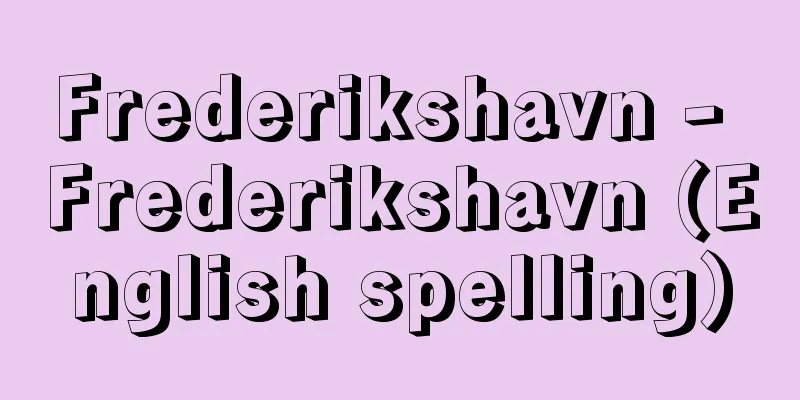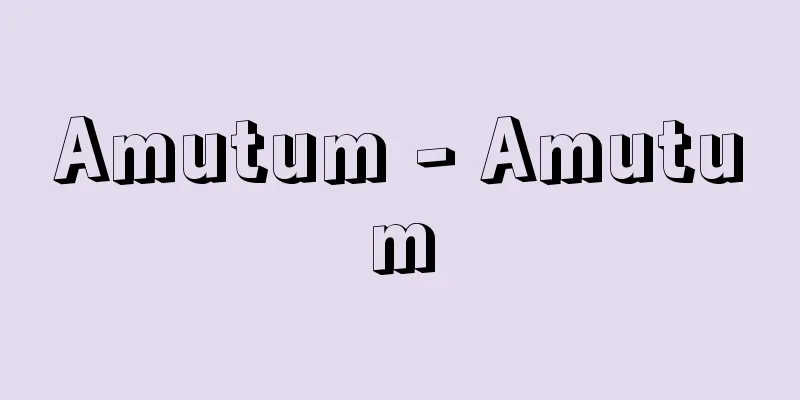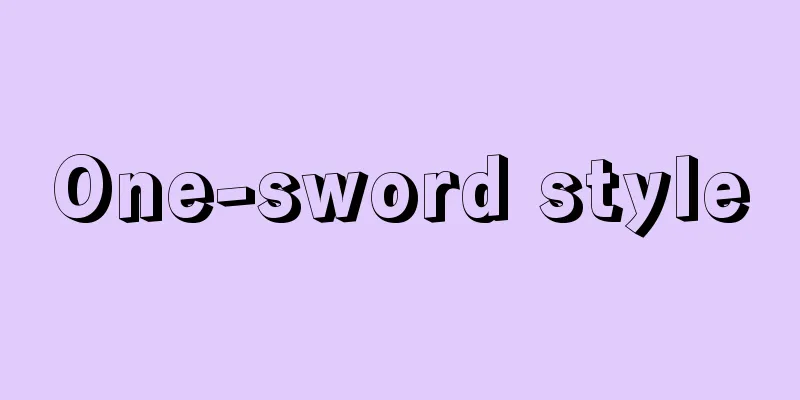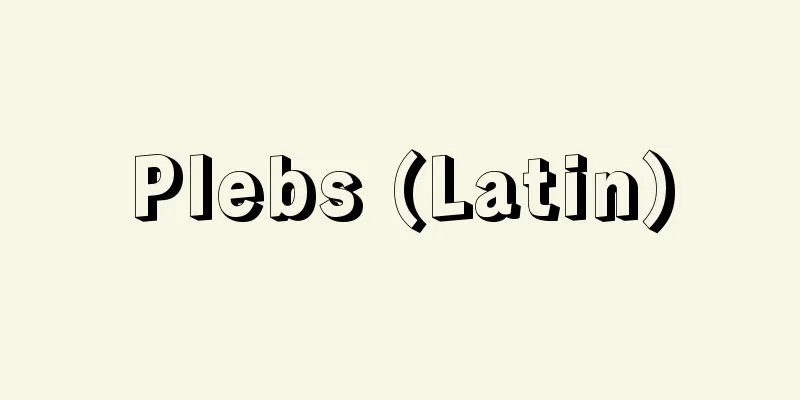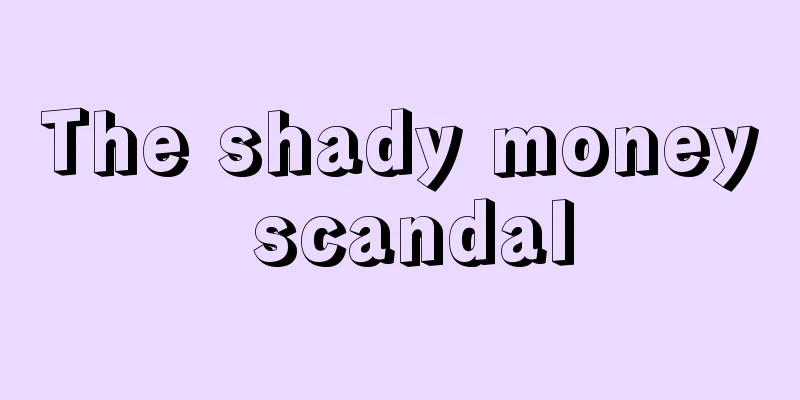Color photos - Color photos

|
Also known as natural color photography. There are two principles of color photography: the direct method, which attempts to reproduce the wavelengths of light from a subject by recording them directly in a photograph, and the indirect method, which attempts to reproduce the original color by breaking down the subject's colors into several colors and then combining them. The latter method is currently used, tricolor photography, which is broadly divided into additive and subtractive methods. [Additive method] Visible light is broken down into the three primary colors using three filters: red, green, and blue-purple, and photographed on black-and-white film. A positive is made from each of the three negatives (tricolor separation negatives). When these three positives are projected on the same screen using the same filters used for each photo, additive mixing is performed to obtain a color image that is the same as the subject. There are some methods that place a mosaic screen of fine tricolor separation filters between the emulsion film and the support, which allows a tricolor separation negative to be obtained in one photo, but this is rarely used today. The principle of color television corresponds to this additive method. [Subtractive color process] A three-color separation negative is obtained in the same way as the additive color process, and then three color positives are made by exposing them to cyan (blue-green), magenta (reddish purple), and yellow, which correspond to the complementary colors of red, green, and blue-purple, respectively, and when these are superimposed, the original colors are reproduced through subtractive color mixing. Most color photography today is subtractive, and the method of developing the color using multi-layered color-developing film (color film) is widely used. →Photography→Related topic: Negatives Source : Heibonsha Encyclopedia About MyPedia Information |
|
天然色写真とも。カラー写真法の原理には,被写体からの光の波長をそのまま写真に記録して再現しようとする直接法と,被写体の色をいくつかの色に分解して写したのち合成して元の色を再現しようとする間接法がある。現在行われているのは後者に属する三色写真法で,これはさらに加色法と減色法に大別される。〔加色法〕 可視光を赤,緑,青紫の3種のフィルターを用いて三原色に分解して白黒フィルムに撮影し,得られた3枚の陰画(三色分解ネガ)からそれぞれ陽画をつくる。この3枚の陽画をそれぞれ撮影時に用いたフィルターを使って映写機で同一スクリーン上に重ねて映写すると,加法混色されて被写体と等しい色映像が得られる。乳剤膜と支持体との間に微細な三色分解フィルターのモザイク状スクリーンをおき,1回の撮影で三色分解ネガが得られるように工夫されたものもあるが,現在ほとんど行われていない。カラーテレビの原理はこの加色法に相当する。〔減色法〕 加色法と同様にして三色分解ネガを得,それぞれ赤,緑,青紫の補色に相当するシアン(青緑),マゼンタ(赤紫),黄の各色材を感光させて3枚の色陽画をつくり,これを重ね合わせると減法混色により元の色が再現される。現在のカラー写真はほとんど減色法で,一般に多層発色フィルム(カラーフィルム)を利用し,発色現像する方法が広く行われている。→写真 →関連項目ネガ 出典 株式会社平凡社百科事典マイペディアについて 情報 |
<<: Carajás Mountains - Carajás Family (English name) Serra dos Carajás
>>: Mustard (English spelling) leaf mustard
Recommend
"Edo Haikai Danrin Toppyakuin"
...A collection of haikai renku (linked verse). T...
Inserted advertisement - Orikomi Koukoku
A printed advertisement that is folded into a new...
Active oxygen
Superoxide ion (superoxide ion) is a molecular spe...
Zemskii sobor (English spelling)
A type of estates parliament held in Russia from t...
Gogarten, Friedrich
Born: January 13, 1887 in Dortmund [Died] October ...
Ink jet printing - Ink jet printing (English spelling)
A type of printing method that does not use pressu...
Grubenmann, HU (English spelling) GrubenmannHU
... The 16th-century Italian architect A. Palladi...
Neoceratodus
…Fossils of the Ceratodus genus have been found i...
Taurotragus derbianus (English spelling) Taurotragusderbianus
…[Yoshiharu Imaizumi]. … From [Antelope] …[Tadaak...
Ezo Island
...It is also called Matsumae-chi, Nihonjin-chi, ...
Royal Dutch/Shell Group
The world's second largest oil company after E...
Between the Times - Between the Times (English)
It was originally the title of a short essay by th...
Rhadé (English spelling)
…(1) A general term for the mountain minority gro...
Tales of the Hōgen Era
A military tale from the early Kamakura period. It...
Stamitz
A composer and violinist born in Bohemia (Czech Re...

